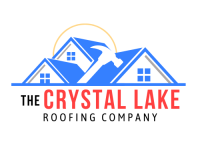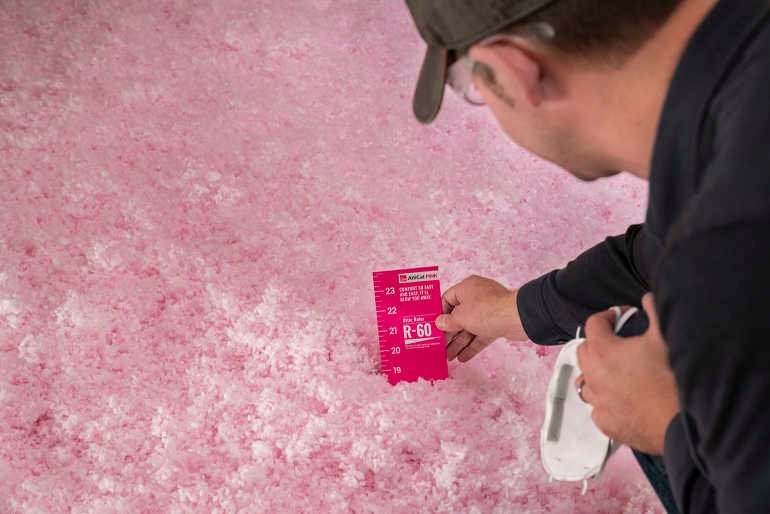
FAQs
Frequently Ask Questions
Regular maintenance ensures the longevity and optimal performance of your roof, preventing potential issues and saving on repair costs.
Cleaning gutters at least annually, particularly in fall, is crucial to prevent clogs and water backup, safeguarding your roof and foundation.
Moss and algae can be minimized by addressing environmental factors and using products like Owens Corning’s StreakGuard™ Algae Resistance Protection.
Ice dams form when snowmelt refreezes over the eaves. Proper attic ventilation and insulation, along with ice and water barriers, help prevent ice dams.
Signs include wet walls, water streaks, or moisture after rain. Promptly address leaks by inspecting flashing, seals, and vulnerable areas.
Asphalt shingles can lose granules and get damaged when walked on. Limiting foot traffic helps preserve the integrity and appearance of your roof.
Attic insulation, along with ventilation, extends the life of your roof, saves on heating and cooling costs, and reduces greenhouse gas emissions.
Ample Amount, Balanced intake and exhaust, and Control Air Flow are key principles for effective attic ventilation, ensuring a well-functioning roofing system.
Insulation controls heat flow, keeping your home warmer in winter and cooler in summer, leading to energy savings and a comfortable living environment.
Balanced intake and exhaust vents (50% each) prevent negative pressure, ensuring conditioned air stays inside the house and not pulled into the attic.
If you don't have records, signs of aging such as uneven, bald, cracked shingles, discoloration, dark streaks, moss, and time can indicate the need for replacement.
These signs indicate an aging roof that may be more susceptible to damage and might require replacement.
Look for visible signs like loss of granules, divots, cracks, and missing or damaged shingles. It's crucial to inspect the roof thoroughly after storms.
Yes, hailstorms and winds exceeding 50-60 miles per hour can damage shingles, flashing, and gutters, compromising your roof's ability to protect your home.
Water leakage can lead to damage of the roof deck, insulation, drywall, and mold growth. Aging roofs or those damaged by storms may lose their ability to repel water, resulting in vulnerabilities.
Look for signs of water infiltration, including stains on ceilings, walls, or in the attic after rainfall or snowfall. Promptly addressing leaks is crucial for preventing further damage.
Thawing and refreezing snow over eaves can lead to ice dams, compromising the roof's integrity and creating potential water entry points. Winter brings additional risks that may necessitate roof replacement.
Regular roof inspections, especially after severe weather events, and addressing any visible damage promptly can help prevent further issues and extend the lifespan of your roof.
Regular inspections, at least annually and after severe weather, are recommended to identify signs of aging, storm damage, or potential leaks early on.
If you notice signs of aging, storm damage, or water leakage, consulting with roofing professionals for thorough inspections and expert guidance is advisable to ensure the health and longevity of your roof.
Need help?
Don't hesitate to contact us
Send us a message
Leave the worry behind and let us take care of your next roofing project.
Start by receiving your Instant Quote in under 20 seconds.




